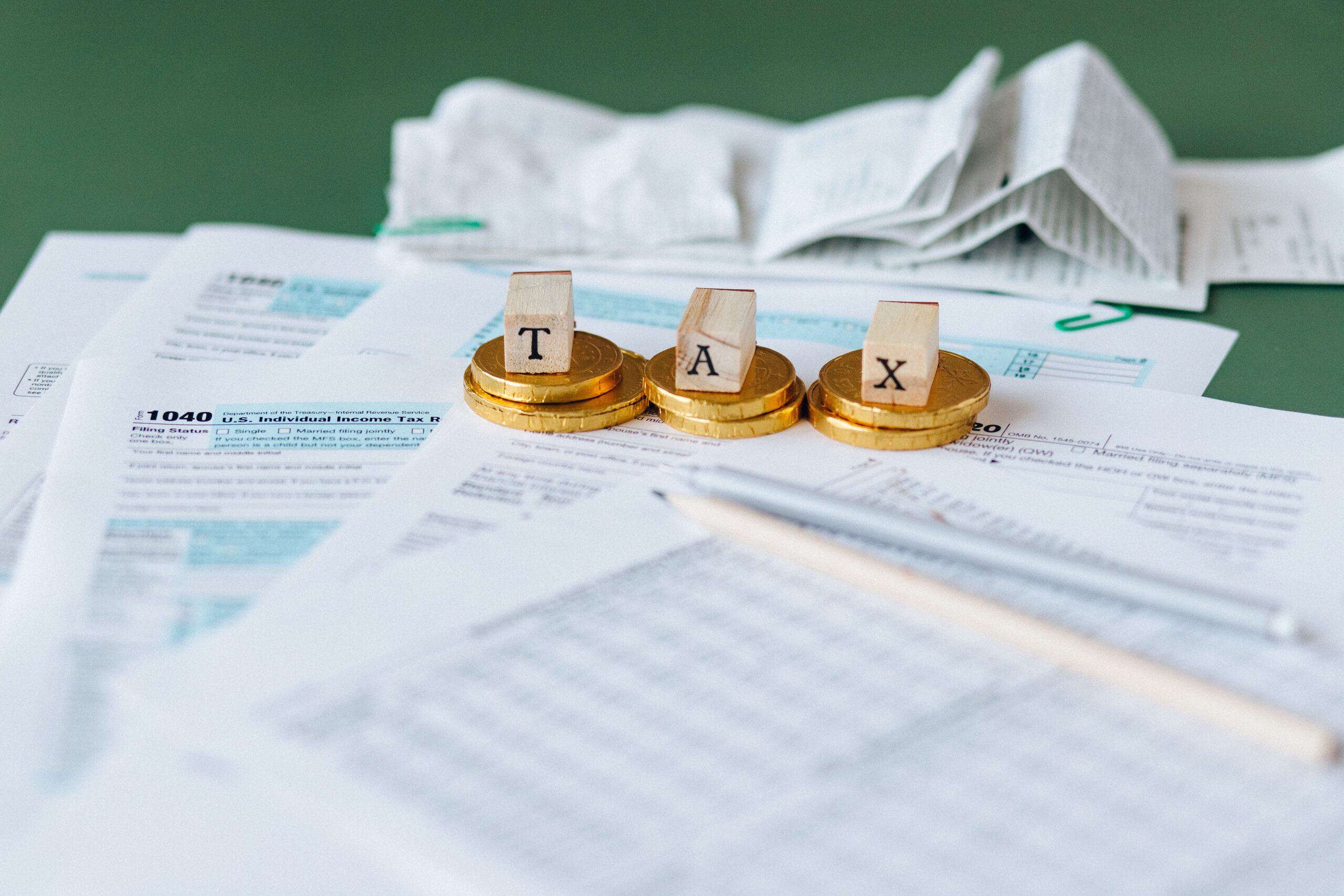The R&D Tax Credit is not refundable; however, unused credits can still provide a cash windfall.
A commonly asked question: “Is the R&D Tax Credit refundable?” In other words, can R&D Tax Credits be easily converted to cash? The short answer is no. R&D Tax Credits are used to offset a corporation’s income tax or the tax liability of the shareholders of flow-through entities such as S-corporations and partnerships. Generally, the R&D Tax Credit is used to offset federal taxes for the year in which qualifying expenditures were incurred. If you don’t owe income tax or the credit is worth more than what you owe, you won’t receive a check from the IRS.
Companies involved in manufacturing, biotechnology, pharmaceuticals, engineering, software development, and other technologies are able to derive significant federal and state tax savings in which to reinvest in their businesses. If your business or its shareholders pay income tax, then your organization would likely benefit from the research credit. Typically, R&D Tax Credits are claimed on returns for the years in which the qualifying expenditures were incurred.
The Carryforward Period
If your business does not owe income tax or its R&D credit is greater than the tax owed, you will not receive a “refund” from the IRS for the amount of the unused credit. Businesses can apply the excess credits to the prior year’s return or carry forward to a future year. Many businesses utilize the 20-year carryforward option, designating their unused credits to future tax years. While this is a common means of dealing with surplus R&D credits, the cash benefit is delayed to a later tax period.
Can R&D Tax Credits be Carried Back?
Yes! Another means for using excess research credits and receiving an immediate benefit is to carry them back to the previous tax year. For example, a corporation having a $100,000 tax liability and a $225,000 R&D credit can reduce its current year’s tax to $18,750 and apply the excess $143,750 credit to the previous year’s return to recover valuable tax dollars. In most cases, a company can apply the credit to the previous year without having to file an amended return. The shareholders and members of S-corporations and LLCs can employ the same strategy on their personal taxes by carrying back excess credits to the prior year.
Payroll Tax Offset
In addition to reducing income tax, R&D Tax Credits can be used to offset a company’s portion of its payroll taxes. Corporations or partnerships having gross receipts of $5,000,000 or less during the taxable year, and that did not have gross receipts for any year preceding the 5-year period ending with the taxable year, may use their R&D credits to offset FICA tax on the first quarterly payroll tax payment following the filing of the corporate tax return. In any given year, the maximum allowable payroll tax offset is limited to $250,000. Unused credits can be carried forward and used against future payroll tax payments.During this especially challenging COVID-19 pandemic era, many businesses find themselves in need of cash to cover expenses and remain operating effectively. For companies that employ technical innovation when developing products, fabrication processes or software, the federal R&D Tax Credit has been found to be a valuable resource of much needed capital.
How We Can Help?
Now is a good time to reexamine prior, current, and future R&D activities in order to take advantage of the R&D Tax Credit, regardless of industry. If you think your company might be performing work that qualifies, don’t let the potential tax savings go unclaimed. Source Advisors can help you uncover vital tax savings to reinvest in your business and fuel your next big project.





